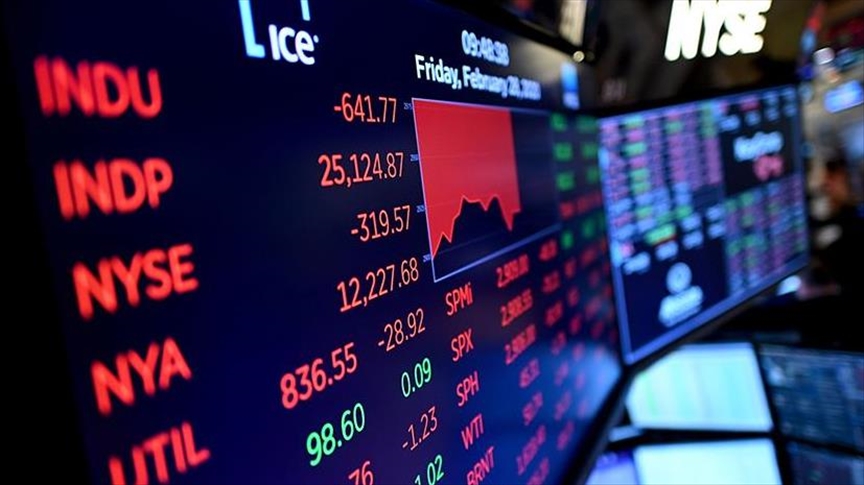
- Indices
- Stocks
S&P 500 surges to record high
Do you want to know how to make money from this?
Register for free and get expert advice, access to a training course and webinars.
Key points:
- U.S. stocks rose sharply on Thursday, with the S&P 500 near record highs.
- The rise was driven by optimism in artificial intelligence, which boosted shares of Nvidia and other chip makers.
- However, interest rate sensitive sectors fell.
On Thursday, there was a significant surge in U.S. stocks, with the S&P 500 approaching its all-time highs fueled by optimism in the field of artificial intelligence, particularly boosting shares of Nvidia and other semiconductor manufacturers.
The S&P 500 experienced a notable increase of 0.88%, closing the session at 4,780.94 points. Remarkably, this left the index merely 0.3% below its previous record closing high from January 2022.
The Nasdaq also displayed a positive trend, recording a gain of 1.35% to reach 15,055.65 points, while the Dow Jones Industrial Average rose by 0.54%, concluding the session at 37,468.61 points.
Companies using AI technology are among the leaders
Taiwan Semiconductor Manufacturing witnessed a substantial uptick of almost 10% following the company’s optimistic projection of over 20% revenue growth for 2024. This surge is attributed to the escalating demand for high-performance chips used in artificial intelligence applications.
Nvidia, a prominent chipmaker, also experienced a noteworthy increase of 1.9%, reaching a record high. It emerged as the most traded company on Wall Street, with an impressive trading volume of nearly $28 billion. Concurrently, shares of Nvidia’s rival, Advanced Micro Devices, rose by 1.6%, setting its own record high.
Other players in the semiconductor industry, including Broadcom, Qualcomm, and Marvell Technology, demonstrated robust performance, each securing gains exceeding 3%. The Philadelphia SE Semiconductor Index exhibited a notable increase of 3.4%, nearing its all-time high from December 2023.
Conversely, sectors sensitive to interest rates faced declines, with the S&P 500 real estate index experiencing a 0.6% decrease, and the utilities index witnessing a loss of 1.05%.
Growth after the fall
The latest data revealed a decline in the number of Americans filing new claims for unemployment benefits, reaching a low not seen since late 2022. This indicates potential robust job growth in January. However, the positive employment data poses a challenge for market indexes. Wall Street has encountered setbacks in recent sessions, fueled by diminishing investor confidence in the Federal Reserve’s likelihood of initiating interest rate cuts in March.
It’s worth noting that the S&P 500 faced losses on Tuesday and Wednesday following robust December retail sales figures and a shift in policymakers’ expectations, lowering the prospects of an early commencement of rate cuts. Traders’ confidence in a 25 basis point rate cut in March has declined to 56%, a notable drop from the over 80% probability observed just a month ago, as indicated by CME’s FedWatch Tool.
Do you want to know
How to make money from the news
Register for free and get:
- Expert consultation;
- Access to the training course;
- Opportunity to participate in webinars

